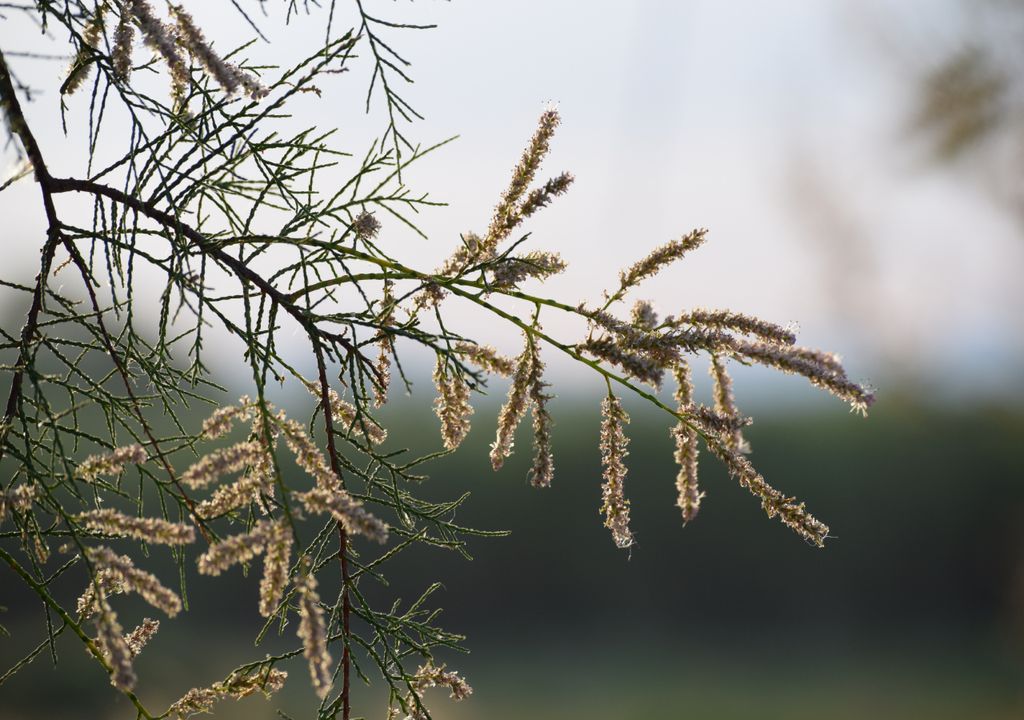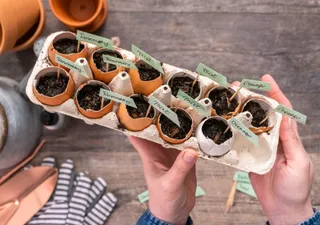Desert Plant Collects Water From the Air by Expelling Salt From its Leaves
A study provides a new look at the strategies that plants have developed to survive in difficult places. Find out more here!

A perennial leaf desert shrub, common in the Middle East, expels salt crystals from its leaves that can help the plant absorb moisture from the air, according to a new study.
The Athel tamari tree (Tamarix aphylla) is part of a group of plants known as recretohalophytes that have adapted to live in extremely salty soils. These plants absorb salt water through their roots, using it as food and then expelling the remaining salt water concentrated in their leaves.
What happens to the water that is expelled?
Panče Naumov, from New York University in Abu Dhabi, and his colleagues were curious about what happens to this water after being expelled. Initially, they thought that Athel's sea anther could use the droplets to water its own roots.
However, the careful observation of the time lapse videos showed that this was not the case. "The droplets don't really fall. They are glued to the surface," says Naumov. The researchers studied the crystals left in the leaves of the sea anthill when this water evaporates, collecting salts from plants that grow on the outskirts of Abu Dhabi at five different times of the year to take into account seasonal differences.
Fascinating plant alert The desert shrub the Athel tamarisk excretes salt crystals on its leaves that may help it absorb moisture from the air. In effect, it finds ways to use salty water twice, find @Pance_Naumov etal.https://t.co/M0suHcbK86
— James Dinneen (@jamesNESW) October 31, 2023
When scientists analyzed the mineral composition of the salt splashes of the sea anther, they found more than 10 different types of salt, all crystallized together. These crystals are composed mostly of sodium chloride and gypsum. However, the researchers also found traces of a secret ingredient: lithium sulfate.
"Desert plants have developed intricate chemical strategies to squeeze to the last drop of water from the environment and most of these systems are waiting to be discovered." - explains plant physiologist and ecologist Lawren Sack of UCLA.
This mineral is exceptionally good at absorbing water and at a much lower humidity than sodium chloride or gypsum. While sodium chloride and gypsum are the ones that absorb the most water, the addition of lithium sulfate to the mineral mixture, the researchers say, helps to explain how tamargueira accumulates water even with little moisture.
Marieh Al-Handawi, the main author of the study, agrees, noting that the composition of salt may vary depending on the regions and seasons of the year. The hope, he says, is that there are other interesting water collection materials waiting to be found in the desert.


